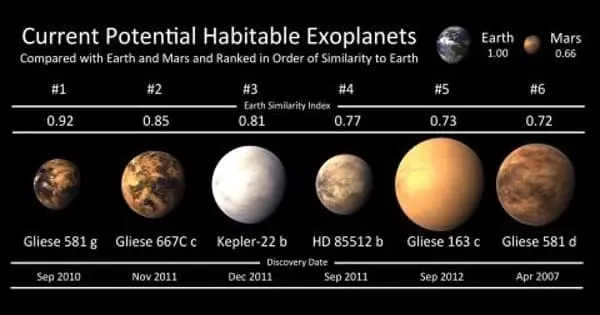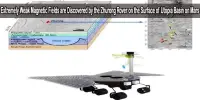After a rocky start, NASA’s Perseverance completed its first sample collection of rock cores last week, and the precious material has now been sealed in a titanium container. If you’re wondering why so much fuss is being made over some Martian dirt, it’s because this mission is historically significant. This is the first time an extraterrestrial sample has been recovered from another planet. The sealed jar contains the first sample transported to Earth from another planet that was recovered by humanity rather than arriving as a meteorite.
We’ve collected samples from the Moon, a few asteroids, and a comet, but none from another planet. We’ll be able to investigate what the Red Planet was like billions of years ago like never before, and hopefully solve the question of whether life has ever lived on Mars, by studying elements from Mars in laboratories on Earth. “This is certainly a momentous moment for all of NASA science,” Thomas Zurbuchen, assistant administrator for science at NASA Headquarters, said in a statement.
“We will be doing the same with the samples Perseverance collects as part of our Mars Sample Return program, just as the Apollo Moon missions established the enduring scientific significance of returning samples from other worlds for study here on our planet. We predict jaw-dropping discoveries across a broad range of science topics, including an exploration into the question of whether life once existed on Mars, using the most advanced scientific instruments on Earth.” Perseverance has 43 titanium sample tubes that she can fill with intriguing rock samples.
However, the rover is simply collecting data; a yet-to-be-named NASA-European Space Agency (ESA) collaboration mission will collect and return Percy’s samples to Earth. The mission’s current launch date is 2026, with samples expected to return in 2031.
Caltech Perseverance project scientist Ken Farley commented, “Getting the first sample under our belt is a big milestone.” “When we get these samples back to Earth, they’ll tell us a lot about the early stages of Mars’ evolution,” said the team.
However, no matter how fascinating the contents of sample tube 266 are geological, they will not reveal the entire narrative of this location. There’s still a lot more Jezero Crater to discover, and we’ll keep going in the months and years ahead.”
The present exploration of Perseverance will last several hundred sols (martian days) until it returns to its landing place. From there, the rover will travel north first, then west, to examine the delta region of Jezero Crater. A river spilled into a lake in this crater billions of years ago, leaving a fan-shaped delta of sediments. There may be clues in these ancient sediments as to whether Mars was ever able to support life.
















